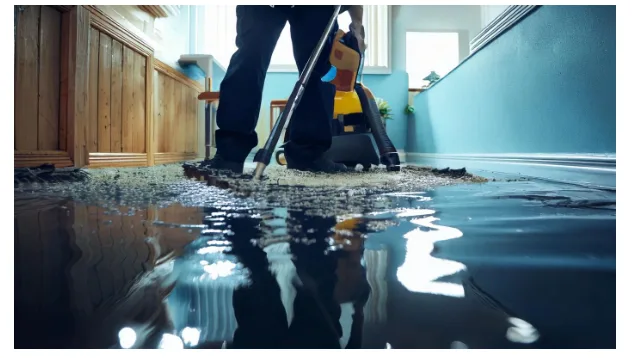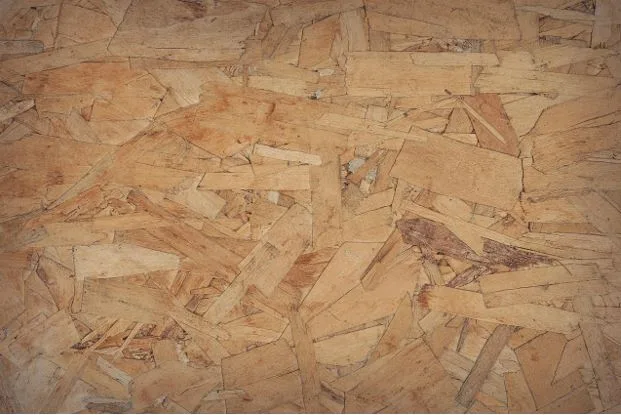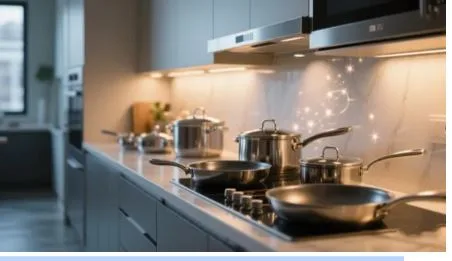Can Water Damage Be Fixed Without Replacing Walls or Floors?
Water damage is one of the most disruptive issues a property owner can face. Whether caused by burst pipes, leaking appliances, or storm flooding, water intrusion can affect everything from drywall to hardwood floors. The immediate concern for most homeowners is whether the damage can be fixed without resorting to full replacement of walls or flooring.
In many cases, depending on the extent of damage and how quickly the situation is addressed, restoration can be achieved without the need for major demolition. Trained technicians use advanced tools and drying methods to extract moisture, sanitize affected areas, and restore structural materials when conditions allow.
Partnering with a professional water damage restoration team helps determine whether surfaces can be preserved or if replacement is truly necessary.
Understanding the Scope of Water Damage
To determine whether walls or floors need to be replaced, professionals begin by assessing the classification and category of the water damage. Clean water from supply lines is less harmful than gray or black water from contaminated sources. The duration of exposure also plays a critical role—materials left wet for longer than 48 hours are more likely to sustain irreversible damage or mold growth.
Specialized moisture meters and infrared cameras help identify saturation levels behind walls and under flooring. In many instances, the surface may look fine while moisture hides in insulation or subfloors. Restoration professionals use these tools to gauge how deeply water has penetrated and decide the best course of action.
Drying Techniques for Walls and Floors
Modern drying technology has significantly improved restoration capabilities. Instead of immediate demolition, professionals often start by using air movers and dehumidifiers to remove moisture from affected areas. If caught early, even drywall and wood flooring can be dried in place.
For walls, technicians may use cavity drying systems—small holes are drilled behind baseboards, allowing air to circulate and dry the inside without removing the entire panel. Floors may be treated using heat drying mats or injection systems that target moisture in subfloors and padding layers.
This approach not only preserves structural materials but also significantly reduces restoration time and costs, provided the damage hasn’t progressed too far.
When Replacement Becomes Necessary
While drying systems can restore many materials, not all damage is reversible. If drywall has begun to swell, warp, or crumble, it usually indicates structural deterioration that can’t be corrected with drying alone. The same applies to flooring that has buckled or delaminated due to prolonged exposure.
Contaminated water, such as sewage or floodwater, often leads to mandatory replacement due to health hazards. Porous materials like insulation, carpet padding, and some types of wood may harbor bacteria or mold, requiring safe removal and disposal.
Trusted teams like lindstrom restoration evaluate every material to determine what can be salvaged and what must be replaced for health and safety compliance.
Mold and Secondary Damage Considerations
Mold is a major concern in water-damaged properties. Even with partial drying, residual moisture behind walls or under floors can lead to mold colonization within 24–48 hours. Restoration professionals inspect and monitor high-risk areas, applying antimicrobial treatments as needed.
If mold has developed behind drywall or beneath flooring, full removal of the affected sections becomes necessary. In such cases, replacement is not about aesthetics or convenience—it’s a critical step in protecting occupant health and preventing further spread.
Mold remediation often involves containment barriers, HEPA filtration, and controlled demolition of compromised materials followed by reconstruction once the area is clear.
Restoration vs. Remodeling After Damage
In some cases, water damage provides an opportunity for property improvement. When significant portions of walls or flooring must be removed, property owners may choose to upgrade finishes during the reconstruction phase.
Restoration contractors coordinate closely with remodeling teams to ensure seamless transitions from repair to renewal. While the goal is to minimize replacement, when it is required, the opportunity to enhance property value may be a beneficial outcome.
Professionals also guide homeowners through insurance claims, documenting damage and providing detailed estimates to ensure fair coverage for restoration and replacement work.
Conclusion
Not all water damage leads to major demolition. With timely intervention and the right technology, walls and floors can often be dried and restored without full replacement. However, when contamination or structural degradation is involved, removal may be the safest path forward.
Working with an experienced restoration team ensures the right balance between preservation and safety. Whether drying in place or rebuilding, professionals ensure your property is returned to a clean, safe, and functional condition as efficiently as possible.







